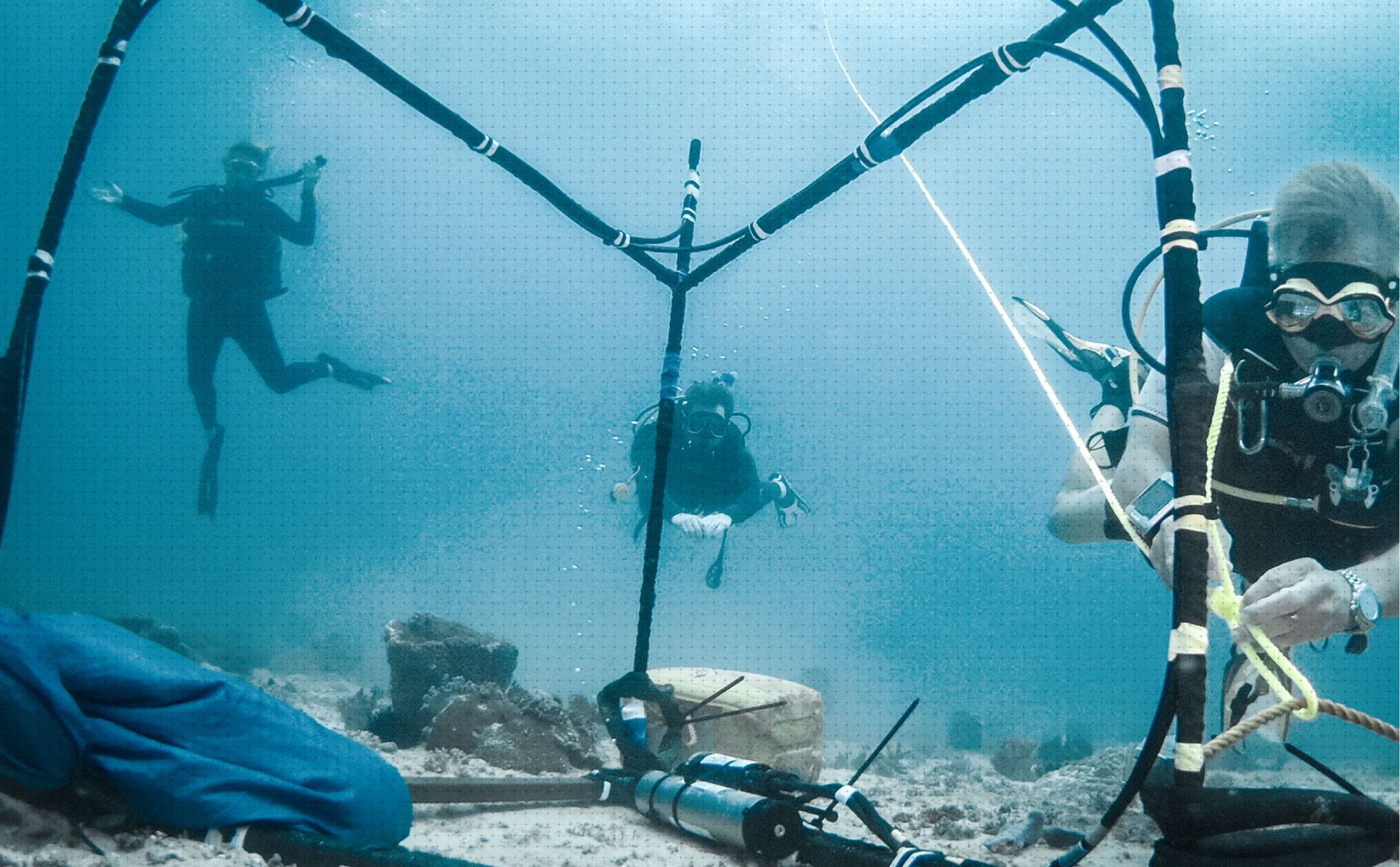Blasts Recorded
Blast data is collected every 4 months, analysed, and uploaded to the map.
0
Recorded Blasts
Share
8:24 AM
Last Upload Time
15.11.2018
Last Upload Date
What is Blast Fishing?
Blast fishing, also termed dynamite fishing, involves fishers using explosives as a quick and easy way to kill fish. Explosives can be home-made or sourced illegally, and when detonated the underwater shock wave kills indiscriminately all marine creatures within a certain radius as wellas shattering the underlying coral reef. Ultimately, widespread blast fishing reduces the overall productivity and diversity of that ocean area with long-term negative impacts on both the ecosystem, and fisheries.
How it Works
Blast fishing is an illegal activity and its sound can be heard 30km away. Sea Sensors has placed four underwater acoustic recorders and hydrophones on the sea bed along the coast of Tanzania. Collectively, they are monitoring approximately 20% of the entire coast of the country, and will record all sounds in the marine environment over the course of 2 years. The data is then analysed to identify blasts and where possible triangulate the original location of the blast.
PART NUMBER 01
4 channel SoundTrap acoustic recorder:
The SoundTrap is attached to a battery pack that extends its underwater monitoring capacity to around 2 months and attached to 3 waterproof microphones (hydrophones).

PART NUMBER 02
Hydrophones
Waterproof microphones attached to the triangle frame using zip ties.

PART NUMBER 03
Triangle Frame
Attached to the waterproof microphones and anchored to the seabed


The acoustic equipment is recording all sounds in the marine environment not just blasts, therefore to extract the blasts from the many weeks of data automated computer algorithms are required. All short, loud, low frequency sounds are extracted from the data by the open source program PamGuard, producing thousands of clips.
Sea Sensors Stories

A big thanks
to all our partners
The project is headed by marine scientist, Gill Braulik, supported by a seed grant from Code for Africa’s innovateAFRICA.fund. The project would not be possible without the help of our partners, Jamie Macaulay, St. Andrews University, Jason Rubens, Sound Ocean Ltd, Tanzania Blast Monitoring Network, Mwambao Coastal Community Network, Marine Parks and Reserves Unit, Tanzania Fisheries Research Institute (TAFIRI), K15 Photos, africanDRONE and Nukta Africa Ltd. Recorders have been deployed and retrieved with the assistance of many, specifically: Fish Eagle Lodge, Kasa Divers, Unguja Lodge, Seabreeze Marine, Emayani Beach Lodge, Friends of Maziwe, Peter Olivier, Steve Attwell, Hannes Potgieter, Royce Yaezenko, and Kerstin Erler.
How to get involved
If you’re interested in the project or the data, please contact us. You can also help us document blasts. If you hear or see a dynamite blast in Tanzania, please record the date, time and location, and send the information to us. Record the date, time and location, by clicking on this link.
Sea Sensors is an acoustic data project that collects underwater blast data to help provide quantitative spatial information on the incidence of the problem over time, that will enable targeted enforcement.
The project is funded through Code for Africa’s innovateAFRICA programme.
Code for Africa (CfAfrica) is Africa's largest data journalism and civic technology initiative, operating CitizenLabs across the continent to help fast-track digital innovation to drive social change.
innovateAFRICA is the continent’s largest fund for supporting civic media experimentation and digital news startups in everything from data-driven journalism and investigative reporting, to newsroom management, audience engagement, digital convergence, and media business models.
